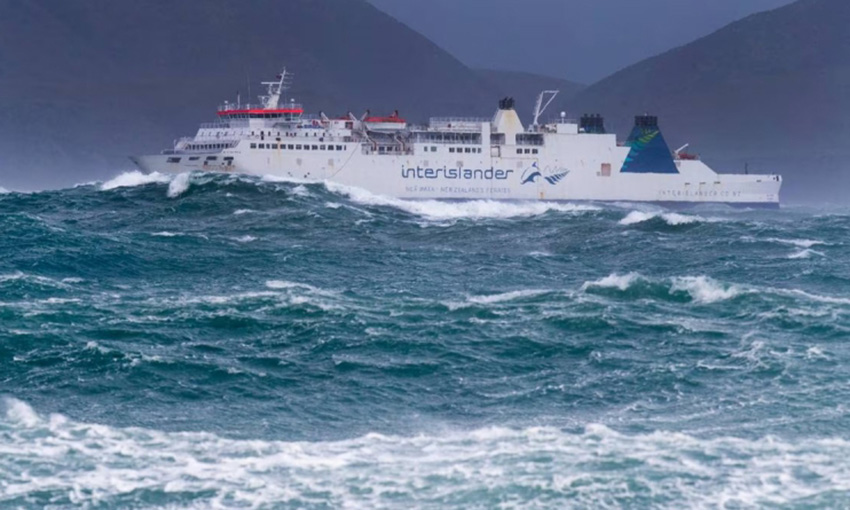THE NZ Transport Accident Investigation Commission has called on Maritime New Zealand to address critical safety issues with the maintenance and management of ship engine cooling systems after the Cook Strait ferry lost power during a voyage in January.
TAIC released its preliminary report on its inquiry into the loss of power on the KiwiRail Interislander passenger ferry Kaitaki.
The vessel lost power during a crossing of the Cook Strait at about 1700 on 28 January.
The ferry was en route from Picton to Wellington and the incident happened when it was off Wellington’s South Coast. There were about 800 passengers and 80 crew on board.
Power was restored about two hours and the ferry proceeded to Wellington, escorted by two tugs.
TAIC chief investigator of accidents Naveen Kozhuppakalam said TAIC had recommended that Maritime New Zealand require KiwiRail to provide evidence that safety-critical rubber expansion joints on the Interislander fleet are fit for purpose, taking into account the manufacturer’s guidance, and alert operators of ships that have these components that maintenance schedules should account for date of manufacture as well as time in service.
“The crew were conducting maintenance on the propeller shaft generator when it tripped and the vessel lost all electrical and propulsive power,” Mr Kozhuppakalam said.
“The main and auxiliary engines shut down because their high temperature cooling water system had failed; this happened in part because one component, a rubber expansion joint, had ruptured and most of the cooling water drained out before the crew could stop it.”
The rigid pipes of Kaitaki’s engine cooling system included twelve rubber expansion joints (REJs) to reduce vibration and noise; compensate for heat expansion, load stress and pumping surges; allow for misalignment of pipes; and can make inspections easier.
TAIC said these REJs are safety-critical components that should been tracked and checked throughout their lives. This is because, over time, as is common with manufactured rubber components, REJs become more susceptible to cracking, delamination, and can become softer or gummy.
“They should be taken out of service before their natural ageing process puts them at unacceptable risk of failure. Ship operators need to follow the manufacturer’s instructions, which say the REJs they should be no older than eight months when installed, inspected annually and replaced after five years,” Mr Kozhuppakalam said.
“Kaitaki’s ruptured REJ was thirteen years old when installed in 2018 and eighteen years old by the time it ruptured. This happened because KiwiRail had not followed the manufacturer’s advice; even under KiwiRail’s own system, the REJ was two months overdue for replacement.”
Since the incident, KiwiRail has updated its guidance for REJs, but it still doesn’t comply with the manufacturer’s guidance and doesn’t account for the date of manufacture.
TAIC’s inquiry into the Kaitaki incident is continuing, with current lines of inquiry that include maintenance, safety systems, emergency response and emergency capability. A final report, setting out findings, safety issues and recommendations, if any, will be issued at the completion of this inquiry.





